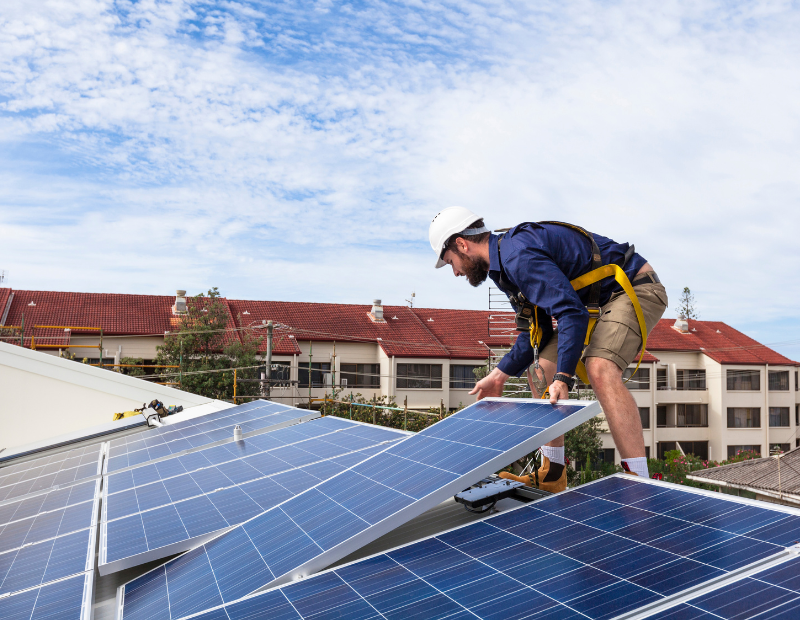Introduction
Electrical panels, frequently hidden away in basements or serviceableness rooms, are the unsung champions of any home. They spread electricity throughout your apartment, powering the entirety from lights and appliances to warming and cooling methods. However, outdated panels can pose security risks and limit the functionality of your home.
Assessing Your Current Electrical System
Before embarking on an upgrade, an inclusive assessment is important. This involves an all-encompassing inspection of your existing committee, including:
1. Amperage Capacity:
Determine the current amperage grade of your panel. This will dictate the maximum amount of power it can safely handle. Compare this to the demands of your current and expected future electrical needs. A skilful electrician can support a precise load calculation.
2. Wiring Condition:
Inspect the circuitry for signs of damage, deterioration, or immoral connections. Look for worn-away wires, exposed terminals, or unconstrained connections. A professional electrician will have the expertise to label and address these issues safely.
3. Breaker Condition:
Examine each breaker for some signs of damage or unusual wear. A perplexed or intermittently tripping breaker is a clear clue of a potential problem.
4. Panel Size and Layout:
Assess the tangible space accessible for a new panel. The best panel might be inevitable if you anticipate important future electrical demands. The blueprint of existing circuitry and connections will to influence the feasibility and complicatedness of the upgrade.
The Upgrade Process: A Step-by-Step Guide
The real upgrade process demands the expertise of an authorized electrician. A usual process includes:
1. Planning and Permitting:
The electrician will create a detailed plan, that may include obtaining inevitable permits and confirming agreement with local electrical codes.
2. Disconnecting Power:
The power to the whole house will be shut off at the main surf.
3. Removing the Old Panel:
The old committee will be carefully detached, taking the choice to preserve some relevant circuitry or connection details.
4. Installing the New Panel:
The new committee will be installed in the same location or a new region, ensuring correct grounding and relates.
5. Wiring and Connections:
The electrician will link all the necessary wires to the new committee, ensuring proper amperage and security.
6. Testing and Inspection:
The electrician will utterly test all circuits and connections to guarantee they are functioning correctly and carefully. This may contain load testing to validate the panel’s capacity.
7. Reconnecting Power:
The capacity of the house will be cautiously restored, following the electrical technician’s instructions.
8. Final Inspection and Certification:
A last inspection for one relevant expert will ensure compliance accompanying building codes and security regulations.
Conclusion
Upgrading your electrical panel is a helpful investment that embellishes the safety, dependability, and overall functionality of your home. By understanding the significance of the electrical repair, evaluating your current system, selecting the right panel, and charming a qualified electrician, you can ensure a cautious and efficient electrical system for ages to come.
Remember that security should forever be the top priority throughout the complete process. Do not hesitate to consult with a qualified professional for embodied guidance and to prevent potential hazards.



